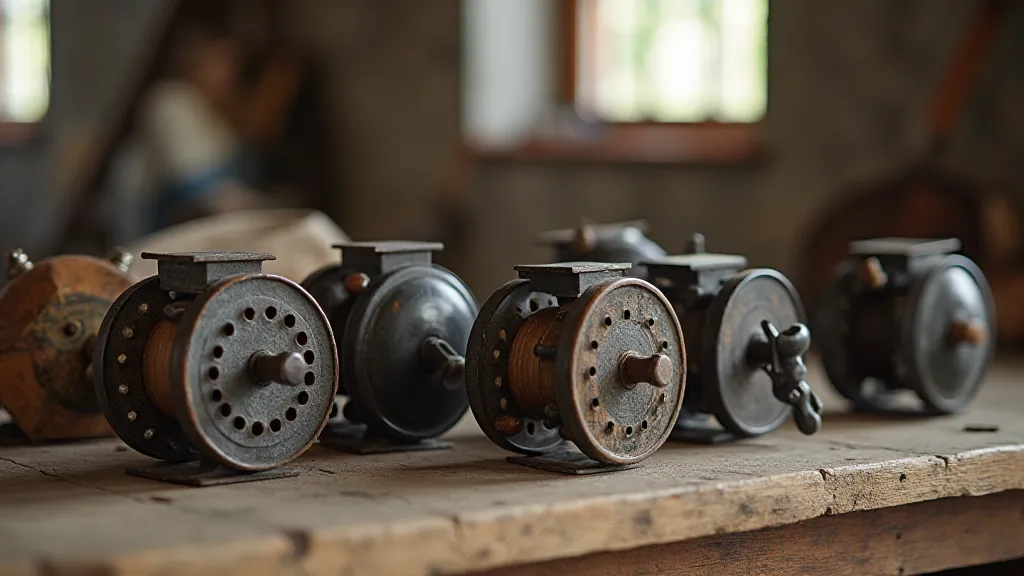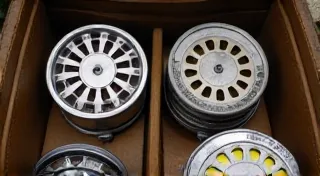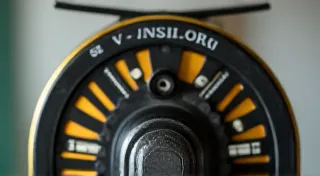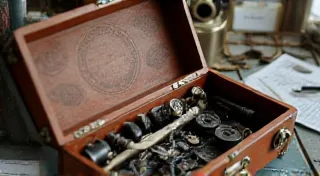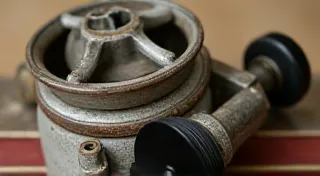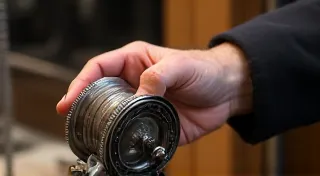Zero Spindles: Identifying and Valuing Early American Reels
The world of vintage fishing reels is a vast and fascinating one, filled with intricate mechanisms, beautiful craftsmanship, and a rich history. Among the most elusive and highly sought-after treasures are the “zero spindle” reels. These represent some of the earliest forms of what we recognize as fishing reels, predating the more common and familiar spindle reels by a significant margin. Understanding, identifying, and appreciating these early American reels requires a deep dive into their construction, historical context, and the factors that influence their value. This article will guide you through the unique characteristics of zero spindle reels, their evolution, and what makes them so valuable to collectors.
What Exactly is a Zero Spindle Reel?
The term "zero spindle" refers to a specific evolution in reel design. Early attempts at mechanical fishing reels often lacked the distinct spindles that became a defining feature of later models. Instead, the line was wound around a central drum or arbor, often quite crudely. These reels are characterized by their absence of any visible or functional spindles, distinguishing them from subsequent reel designs.
Imagine a simple drum, maybe crafted from wood or later, brass, around which line would be wrapped. The angler would crank a handle, rotating this drum and winding the line. There were no gears, no complex mechanisms – just a basic rotational system. That’s essentially what a zero spindle reel embodies. They represent a critical, transitional stage in the development of modern fishing reels.
Because of their simplicity and early manufacture, remarkably few examples have survived. Many were made of wood, a material prone to degradation over time. Those made of metal are rarer, more durable, and thus command higher values.
Historical Context: The Dawn of Mechanical Fishing
Before the rise of mechanical fishing reels, anglers relied on hand-lining – simply using a line and rod, relying on skill and effort to retrieve the line. The desire to simplify and improve this process led to early experimentation with mechanical aids. The precise origins of the zero spindle reel are difficult to pinpoint, as many early examples were likely home-made or crafted by local artisans. They began appearing in the early to mid-19th century, primarily in the rural areas of the United States.
The early 1800s saw increasing opportunities for manufacturing and distributing various goods. While the focus was not fishing, it spurred the creation of new tools and gadgets. These early anglers sought a way to improve their catch, and the first zero spindle reels were the solution. The American frontier and the growing popularity of recreational fishing played significant roles in the evolution of these early reels. The evolution of fishing reels, and the innovations they brought, ultimately led to refinements like those seen in automatic reels, demonstrating a constant drive for improvement in fishing technology.
Identifying Characteristics: What to Look For
Identifying a zero spindle reel requires a keen eye and an understanding of their distinctive features. Here's a breakdown of what to look for:
- Absence of Spindles: This is the defining characteristic. There are no visible or functional spindles.
- Simple Drum Design: The line is wound around a central drum, typically made of wood or brass.
- Crude Construction: Early examples often exhibit rough craftsmanship, reflecting the hand-made nature of their production.
- Handle Mechanism: The handle will be directly connected to the drum, with a simple crank or turning mechanism. There won't be intricate gear systems.
- Material: Wood is the most common material for early examples. Later, brass became increasingly prevalent.
- Markings: Markings are rare, but some examples may bear the maker’s name or initials, providing valuable clues to their origin and age.
It's important to note that some later reels were intentionally made to *resemble* zero spindle reels, so careful examination is crucial to avoid misidentification. Identifying markings can be challenging, but some popular brands, like Shakespeare reels, have distinct characteristics and histories that can aid in recognition.
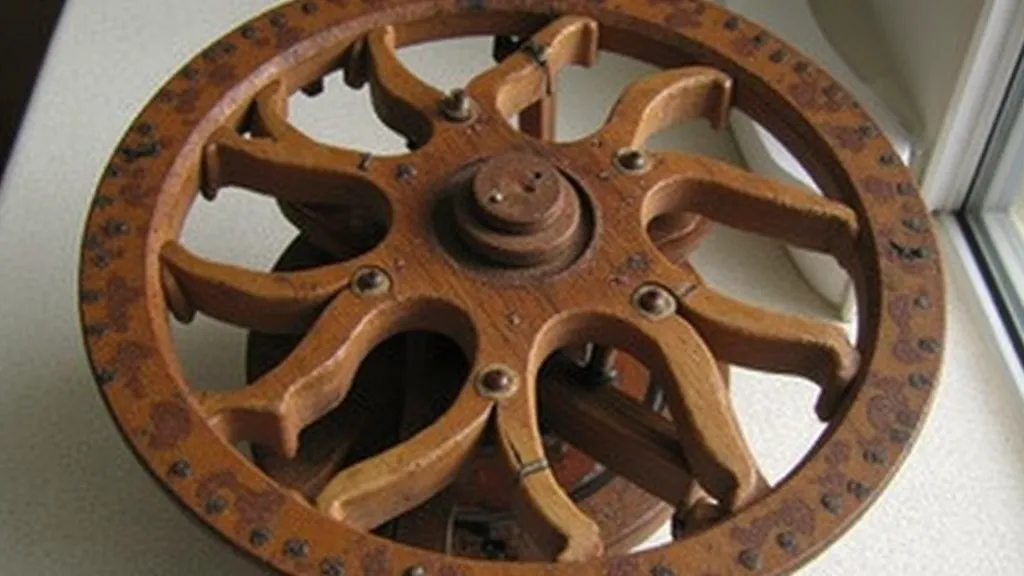
Value Factors: What Determines Price?
The value of a zero spindle reel is influenced by several factors, making them highly prized by collectors. Here’s a breakdown:
- Rarity: As mentioned earlier, these reels are exceptionally rare, which inherently drives up their value.
- Material: Reels made of brass are generally more valuable than those made of wood, due to their greater durability and aesthetic appeal.
- Condition: Condition is paramount in antique collecting. Reels in excellent, original condition command significantly higher prices. Rust, cracks, and repairs will negatively impact value.
- Maker's Markings: Reels with identifiable maker's markings are more desirable, offering a verifiable history and provenance.
- Originality: Original components and finishes are highly valued. Repairs or replacement parts will detract from the reel's worth.
- Historical Significance: Reels associated with notable anglers or historical events can command premium prices.
The market for vintage fishing reels is driven by passionate collectors, and zero spindle reels consistently represent the pinnacle of desirability within this niche. Many collectors also seek out South Bend reels, appreciating their own unique history and construction.
Common Manufacturers and Styles
Identifying the manufacturer of zero spindle reels can be challenging due to the often-anonymous nature of their creation. Many were crafted by local artisans or small-scale workshops. However, some patterns and styles have been linked to specific regions or workshops. It is also important to remember that many were not officially “manufactured” in the modern sense.
While definitive records are scarce, some regions known for early reel production include Pennsylvania, New York, and areas along the Great Lakes. Reels from these areas often exhibit unique characteristics that can aid in identification. The quest for increasingly refined and efficient reels eventually led to a wide range of options, and a look at the most sought-after vintage reels can reveal the enduring appeal of certain designs.
Several "style" variations exist, mainly depending on the method of construction used. Wooden reels tend to be basic and functional, while brass reels might exhibit slightly more decorative elements. A good understanding of woodworking and metalworking techniques from the 1800s can be highly beneficial in identifying these reels.
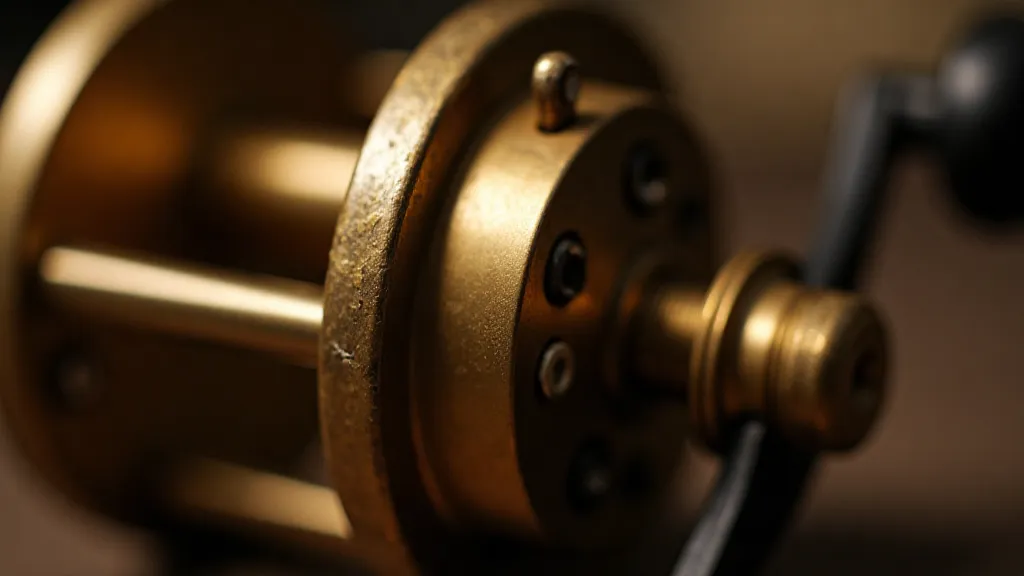
Preservation and Care
Preserving these historical artifacts requires careful attention and appropriate handling. Here are some tips:
- Handle with Care: Zero spindle reels are fragile and susceptible to damage. Avoid rough handling.
- Proper Storage: Store reels in a dry, stable environment, away from direct sunlight and extreme temperatures.
- Gentle Cleaning: Clean only when necessary, using soft cloths and mild cleaning solutions. Avoid harsh chemicals.
- Professional Restoration: If restoration is needed, seek the services of a qualified antique restoration specialist experienced in fishing reels.
Conclusion: A Window into the Past
Zero spindle reels represent a remarkable chapter in the history of fishing tackle. They are more than just pieces of equipment; they are tangible links to a time when innovation was born from necessity and craftsmanship was a valued art. Identifying and appreciating these early American reels requires dedication, research, and a keen eye. For the serious reel collector, owning a zero spindle reel is the ultimate prize - a tangible connection to the dawn of mechanical fishing and a stunning example of early American ingenuity.
